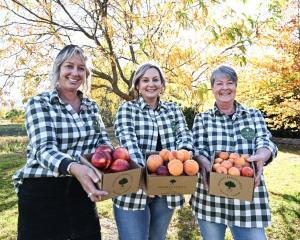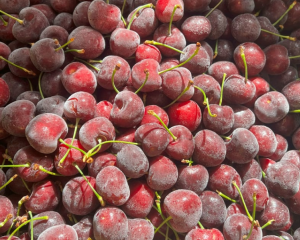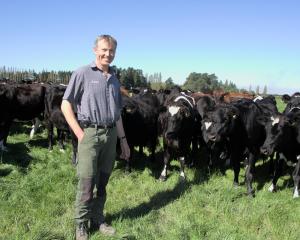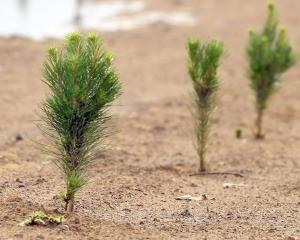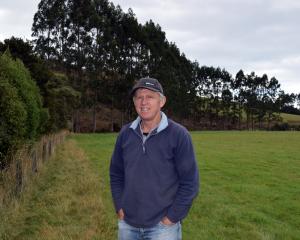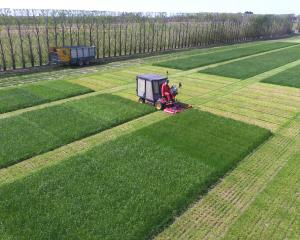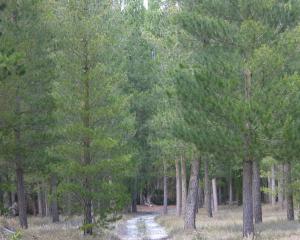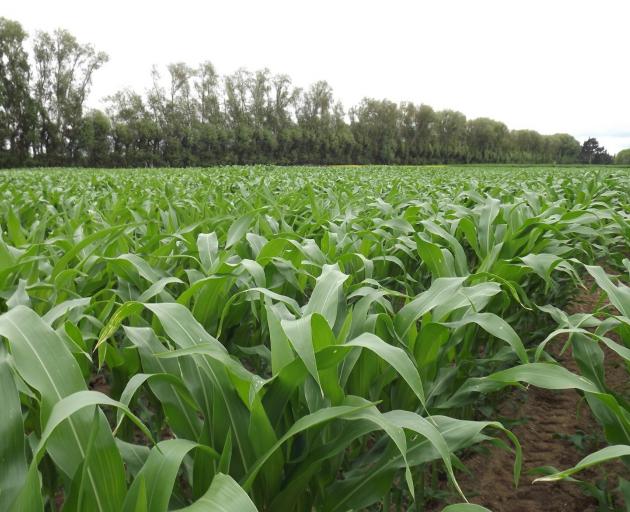
AgFirst Waikato consultant Raewyn Densley expects consumer changes and environmental obligations to reduce greenhouse gas emissions (GHG) might put the brakes on widespread PKE use in the future.
She said this would drive farmers to look for supplementary feed options closer to home, and provide opportunities for domestic maize silage and feed grain growers.
‘‘From a crop perspective and for the New Zealand arable industry that is quite an exciting thing, because crops like maize have much lower GHG emissions than PKE,’’ Raewyn Densley told farmers at the Foundation for Arable Research’s maize conference in Hamilton.
An expansion phase in the dairy industry between 1990 and 2020 led the national herd to lift by 2.6 million cows to 5 million and production to increase by 132kg of milksolids per cow. An extra 730,000ha was converted into dairying, much of this arable land in Canterbury.
This led to a massive increase in feed demand on dairy farms from 9.3 million tonnes of drymatter eaten a year to 23.6m tonnes — driven by more cows, more hectares and more production per cow, she said.
‘‘Over time, we have gone from a pasture-based dairy farm system to one that is still pasture-based, but is also quite reliant on other feed.’’
Outside of pasture, dairy cows consume about 15% to 20% of supplementary feed, including PKE — a byproduct of the palm oil extraction process — fodder beet and maize silage.
Harvested crops such as maize silage and feed barley, as well as grown supplements, including fodder beet, kale and swedes are increasing by 5.6% a year. Imported feed, particularly PKE is increasing even more, by 9% each year.
‘‘We think we are a pastoral dairy system and relatively self-contained, but 11% of feed used to feed our cows is produced internationally,’’ she said.
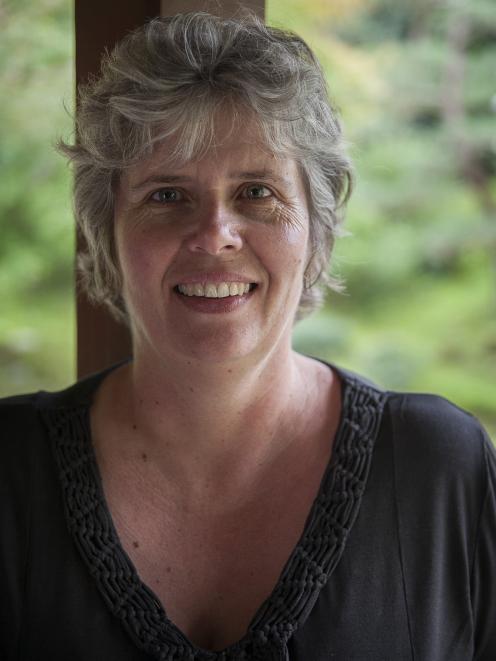
She said this brought sustainability issues.
Globally, there was a western consumer trend away from palm oil, with many big companies backing research into alternatives. Consumers were also turning away from dairy products made from cows fed with PKE, while Fonterra was placing limits on PKE-use by its milk suppliers.
Consumers wanted milk products with a low GHG footprint, but PKE has issues with deforestation, methane production from palm oil extraction and much higher carbon losses than pasture, maize silage and grain.
‘‘While New Zealand farmers are just getting their head around their GHG obligations from a government perspective, the reality is that the world has moved on. Consumers are not just interested in on-farm losses, they are also interested in embedded losses associated with farm inputs,’’ she said.
Farmers are expected to need more than just pasture to sustain their herds because of climate change, but there is likely to be a move away from internationally-produced feeds.
While buying in locally-produced crops will be the preferred option for some farmers, others may investigate dropping their stocking rate and look at cropping on their farms.
Modelling for an AgFirst study, funded by Our Land and Water, showed that a North Island dairy farm system using homegrown feed was generally more profitable than one with imported feed.
Reducing the stocking rates and growing feed resulted in a 6% to 13% reduction in biological GHG emissions for farms in all regions.


